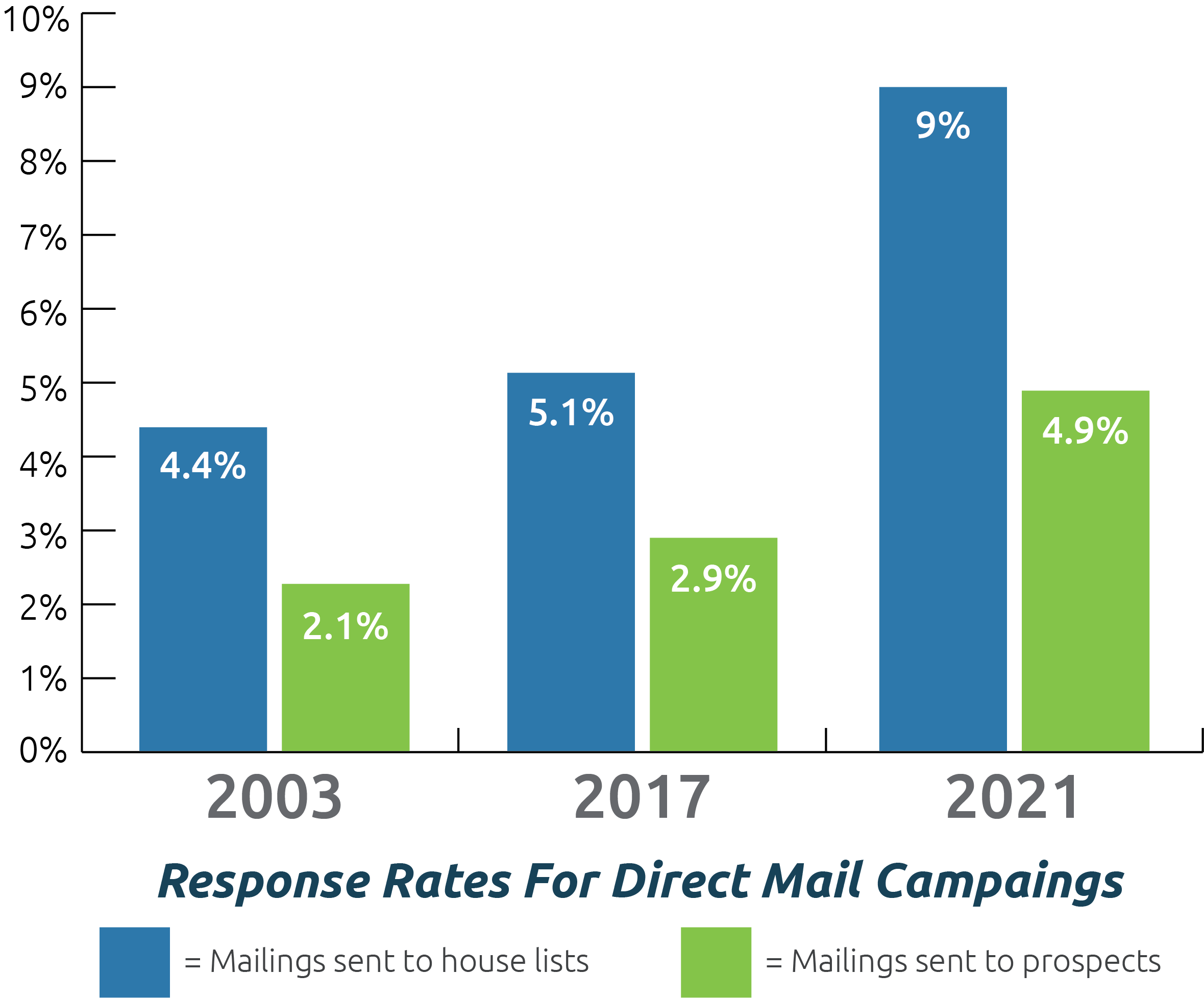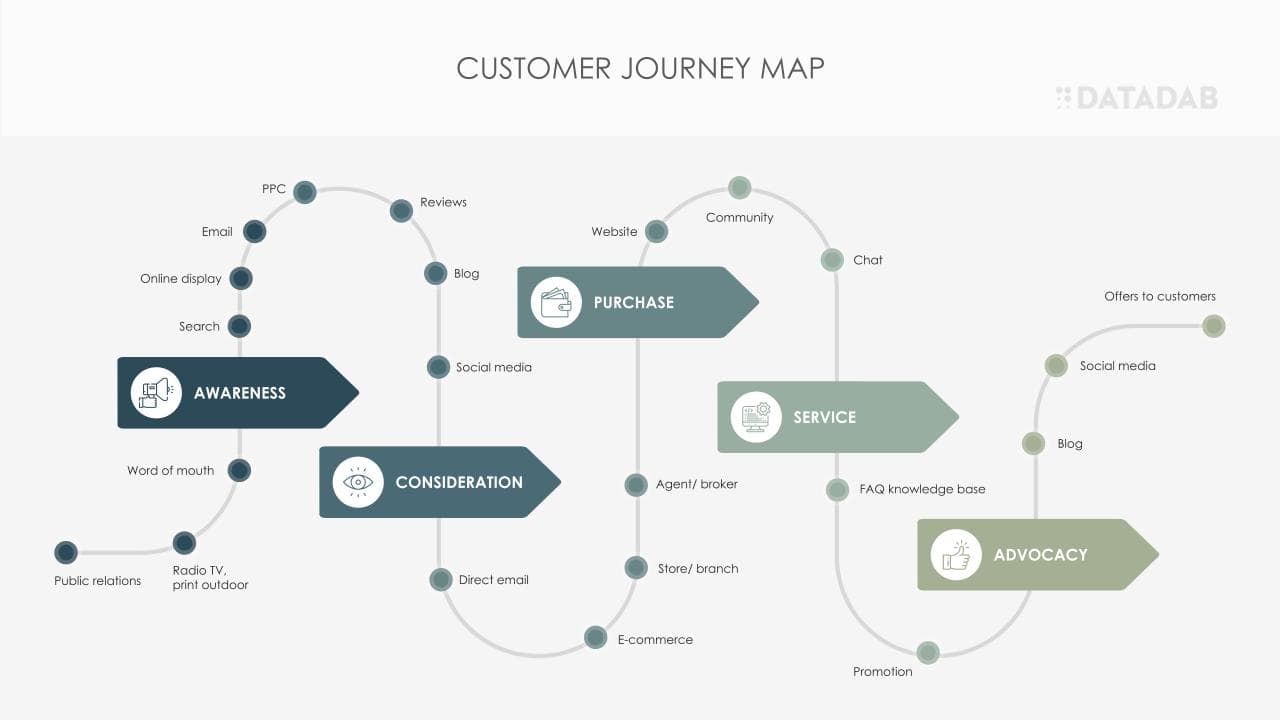It's easy to assume that traditional, offline marketing techniques have lost their relevance. After all, with the proliferation of social media, email, and mobile advertising, why would any forward-thinking brand look backward to analog tactics?
I'm here to challenge that assumption and make a bold claim: Analog marketing is not only still relevant but more essential than ever for brands seeking to cut through the digital noise, create lasting impressions, and forge deep, authentic customer connections.

The Limitations of an All-Digital Approach
There's no denying the power and reach of digital marketing. But as more and more brands pile into the same online channels, competing for limited attention spans with ever-increasing ad spend, the returns are diminishing.
Consider these sobering statistics:
| Digital Marketing Challenge | Impact |
|---|---|
| Ad blocking | 42.7% of internet users worldwide use ad blockers (Hootsuite, 2021) |
| Email overload | The average office worker receives 121 emails per day (Campaign Monitor, 2021) |
| Skippable video ads | 65% of people skip online video ads as soon as possible (Disruptive Advertising, 2020) |
| Social media fatigue | 41% of US social media users are taking longer breaks from platforms (Insider Intelligence, 2021) |
In this environment of digital saturation and overload, even the most well-crafted online campaigns can struggle to make an impact. Brands risk blending into a blur of generic, forgettable messages that fail to resonate on a human level.
Moreover, the impersonal, intangible nature of many digital interactions can erode brand distinctiveness and loyalty over time. When every competitor is just a click or swipe away, relying solely on digital tactics leaves brands vulnerable to commoditization and promiscuous consumer behavior.

The Science of Analog Engagement
This is where analog marketing shines. By engaging multiple senses and physical dimensions, traditional marketing materials like direct mail, print ads, and branded merchandise create more vivid, lasting impressions that digital simply can't match.
| Principle | Definition | Analog Marketing Application |
|---|---|---|
| Haptic Memory | The ability to recognize objects through touch alone | Using unique textures, shapes, or materials in direct mail or packaging to create memorable tactile experiences |
| Endowment Effect | The tendency to value owned objects more highly than unowned ones | Providing free samples, trial products, or branded merchandise to increase perceived value and attachment |
| Scarcity Bias | The inclination to place higher value on items that are scarce or limited | Creating limited-edition print pieces, event invitations, or product packaging to drive desire and action |
Numerous studies in neuroscience and consumer psychology support the power of tangibility in driving brand recall and emotional connections:
- Physical ads are more likely to be remembered and have a stronger influence on buying behavior than digital ads (USPS Office of Inspector General, 2021)
- Printed materials produce more brain responses connected with internal feelings and building memories than digital media (Millward Brown, 2020)
- 60% of people say they feel a deeper personal connection to brands they interact with offline than through digital channels alone (Small Biz Trends, 2022)
The tactile experience of holding a well-crafted print piece, the immersive excitement of a live brand activation, the functional usefulness of a branded gift - these analog touchpoints forge meaningful bonds between brands and customers that transcend mere transactions.

Analog Marketing Success Stories
Forward-thinking brands across industries are rediscovering the power of analog marketing to surprise, delight, and retain customers in an increasingly digital world. For example:
- Chewy, the online pet retailer, sends handwritten holiday cards to customers, achieving a 98% open rate and generating social media buzz (Chewy.com, 2022)
- Casper, the DTC mattress brand, partnered with Nordstrom to create nap pods in select stores, allowing shoppers to experience its products firsthand (AdAge, 2020)
- Lego mailed high-value customers intricate, personalized kits based on their previous purchases, spurring a wave of unboxing videos and earning 99% approval (UX Collective, 2021)
These analog initiatives didn't replace the brands' digital marketing efforts but rather complemented and amplified them. By integrating physical and online touchpoints throughout the customer journey, these companies created more cohesive, memorable brand experiences that drove loyalty and advocacy.
Analog outreach can also be a powerful way to reach offline customer segments and build trust in local markets. For instance, Nextdoor, the neighborhood-based social network, boosted brand awareness and app downloads by placing community-specific signage and doorstep postcards in high-traffic residential areas (Nextdoor, 2021).

Choosing the Right Analog Tactics for Your Brand
Of course, not every analog marketing technique is right for every brand or campaign. To optimize offline investments, marketers must carefully consider:
- Target audience demographics, psychographics, and media habits: Will your analog campaign reach your ideal customers where they are most receptive?
- Brand personality and values: Does the tone, design, and messaging of your analog assets authentically represent your brand identity?
- Campaign goals and KPIs: Are you primarily aiming to boost brand awareness, drive foot traffic, generate leads, or cultivate community goodwill?
- Budget and distribution: What level of investment in analog tactics is feasible and likely to yield a strong ROI given your market and channels?
One size does not fit all when it comes to analog marketing. The key is to adapt timeless techniques for modern contexts and brand needs rather than pursuing gimmicks or throwbacks for their own sake.
| Campaign Phase | Analog Tactics | Digital Tactics | Integration Opportunities |
|---|---|---|---|
| Awareness | Direct mail, outdoor ads, event sponsorships | Social media ads, display ads, influencer partnerships | Using QR codes or vanity URLs on analog assets to drive traffic to digital content |
| Consideration | Print catalogs, product samples, in-store demos | Email nurture campaigns, retargeting ads, webinars | Personalizing digital content based on analog engagement data |
| Conversion | In-store events, direct mail offers, call center outreach | Cart abandonment emails, chatbots, targeted landing pages | Triggering personalized direct mail or phone calls based on digital behavior |
| Retention | Loyalty program mailings, customer appreciation events, handwritten notes | Personalized email offers, exclusive online content, social media communities | Inviting high-value digital customers to VIP analog experiences |
For example, in a time of digital fatigue and pandemic safety precautions, a retro-themed “Do It Yourself Workshop” activation for Home Depot could strike the wrong tone. But a sleek, sustainability-focused print catalog directing leads to an interactive digital storefront could fit the moment and brand ethos perfectly.
As always, analog tactics should be carefully orchestrated as part of a cohesive, integrated marketing mix. The goal is not to pit analog against digital, but to leverage the unique strengths of each to create more holistic, value-packed customer experiences.
| Tactic | Benefit |
|---|---|
| Direct Mail | Highly targeted, personal, and tangible |
| Print Advertising | Builds brand credibility and recall |
| Experiential Marketing | Creates immersive, memorable experiences |
| Outdoor Advertising | Reaches customers in high-traffic locations |
| Promotional Products | Provides functional value and ongoing brand exposure |

Designing Impactful Analog Campaigns
When well-executed, analog marketing can be an incredibly effective way to cut through the clutter, capture attention, and spur action. Some best practices for common analog formats include:
Direct Mail
- Use eye-catching envelopes, unique sizes/shapes, and textural elements to stand out in the mailbox
- Personalize copy, offers, and imagery based on customer data for greater relevance
- Include clear calls-to-action that direct recipients to digital channels for attribution
- Test different mailing frequencies, segments, and creative to optimize performance over time
Print Advertising
- Invest in high-quality photography, graphic design, and paper stock to convey brand quality
- Integrate QR codes, coupons, and tracking mechanisms to measure response
- Secure premium placements in trusted, target-appropriate print publications
- Explore non-traditional print opportunities like brand partnerships or sponsored content
Experiential Marketing
- Design multisensory environments that immerse attendees in your brand world
- Provide interactive touchpoints, product demos, and shareable photo ops
- Capture lead and sentiment data through on-site surveys, social listening, or event tech
- Develop post-event nurturing journeys to convert event excitement into long-term loyalty
Across all analog activations, brands should prioritize creativity, tangible value for customers, and seamless integration with digital campaigns. The best analog marketing doesn't just interrupt or inform, but delights, entertains, and makes people feel truly valued.

Measuring and Optimizing Analog Performance
One common objection to analog marketing is the perceived difficulty of tracking offline campaigns' impact on business outcomes. But thanks to advances in analytics, attribution, and automation, connecting the dots between analog engagement and digital behavior is more possible than ever.
Some effective measurement techniques include:
- Using trackable codes, custom URLs, and dedicated landing pages/phone numbers for each analog campaign
- Mapping pre- and post-campaign lifts in website traffic, search volume, and other digital brand health metrics
- Gathering qualitative feedback through follow-up surveys, social listening, and customer interviews
- Calculating cost per acquisition and ROI based on directly attributable leads and sales
| Metric | Description | Tracking Method |
|---|---|---|
| Response Rate | Percentage of recipients who take a desired action | Unique codes, custom URLs, or phone numbers |
| Cost Per Acquisition | Total campaign cost divided by number of new customers acquired | Tracking conversions from analog campaigns in CRM or sales data |
| Incremental Revenue | Additional revenue generated by customers exposed to analog tactics | Comparing purchase behavior of analog recipients vs. control group |
| Brand Lift | Increase in brand awareness, recall, or favorability | Pre- and post-campaign surveys or focus groups |
| Return on Investment | Net campaign revenue divided by total campaign cost | Calculating total revenue attributable to analog campaigns and subtracting expenses |
No single metric tells the full story of analog marketing performance. By triangulating a mix of quantitative response data and qualitative brand sentiment insights, marketers can gradually reveal how offline touchpoints move the needle throughout the funnel.
Just as importantly, analog measurement insights should fuel a virtuous cycle of continuous optimization. By A/B testing offers, formats, segments, and creative - and ruthlessly reallocating budget to top-performing elements - analog campaigns can become lean, revenue-generating machines on par with their digital counterparts.
Embracing the Analog Renaissance
In a world where digital fatigue is increasingly the norm, fortune favors the brands bold enough to venture beyond the screen and meet customers where they are: In their mailboxes, at community events, in public spaces made private through the power of multisensory marketing.
Analog marketing in the 2020s isn't about chasing nostalgia for its own sake, but strategically deploying timeless tactics in service of timely, data-driven business objectives. It's about creating textured, immersive brand experiences that treat people as more than data points, clicks, or impressions.
Most of all, it's about rediscovering the lost art of tangible value exchange between brands and customers. In an era of ephemeral digital communication, meaningful physical interactions are the ultimate differentiator. They signal care, creativity, and commitment - the building blocks of enduring brand love.
The analog renaissance is here. Don't get left behind.
FAQ
1. What exactly is analog marketing?
Analog marketing refers to traditional, offline marketing tactics that engage customers through tangible, physical experiences, such as direct mail, print advertising, billboards, and in-person events.
2. Is analog marketing still relevant in the digital age?
Yes, analog marketing is more relevant than ever. In a world of digital saturation, offline tactics can help brands cut through the noise, create memorable experiences, and forge deeper emotional connections with customers.
3. What are some examples of effective analog marketing tactics?
Some effective analog marketing tactics include personalized direct mail, immersive experiential activations, strategic print placements, eye-catching outdoor advertising, and branded promotional products.
4. How can analog and digital marketing work together?
Analog and digital marketing can work together seamlessly by using offline tactics to drive online engagement (e.g., QR codes on direct mail) and leveraging digital data to personalize analog experiences (e.g., retargeting ads with direct mail follow-up).
5. What are the benefits of analog marketing compared to digital?
Analog marketing benefits include tangibility, memorability, sensory engagement, perceived value, and differentiation in a crowded digital landscape. Offline tactics can also reach audiences who may be less active online.
6. How do I choose the right analog tactics for my brand?
To choose the right analog tactics, consider your target audience, marketing goals, brand personality, budget, and opportunities for integration with digital channels. Test and iterate to find the right mix for your needs.
7. What are some best practices for designing effective analog campaigns?
Best practices include personalizing content, using compelling visuals and copy, leveraging sensory elements, including clear calls-to-action, and ensuring brand consistency across all touchpoints.
8. How can I measure the success of analog marketing campaigns?
Measuring analog success involves tracking metrics like response rates, cost per acquisition, revenue lift, and brand sentiment through tactics like unique codes, custom landing pages, and pre- and post-campaign surveys.
9. What are some common challenges with analog marketing, and how can I overcome them?
Common challenges include higher costs, longer lead times, and difficulty tracking ROI compared to digital tactics. To overcome these, focus on targeted execution, rigorous measurement, and continuous optimization based on results.
10. How can I convince my team or clients to invest in analog marketing?
To build a case for analog investment, share compelling case studies, industry research, and your own data demonstrating the impact of offline touchpoints on customer engagement, loyalty, and lifetime value. Position analog as a complementary strategy, not a replacement for digital efforts.






